Max Dudler bridges past and present in his railway museum visitor centre in Bochum
A visitor centre for the Eisenbahnmuseum Bochum, the German city's private railway museum, this minimalist brick volume is the work of Swiss architect Max Dudler
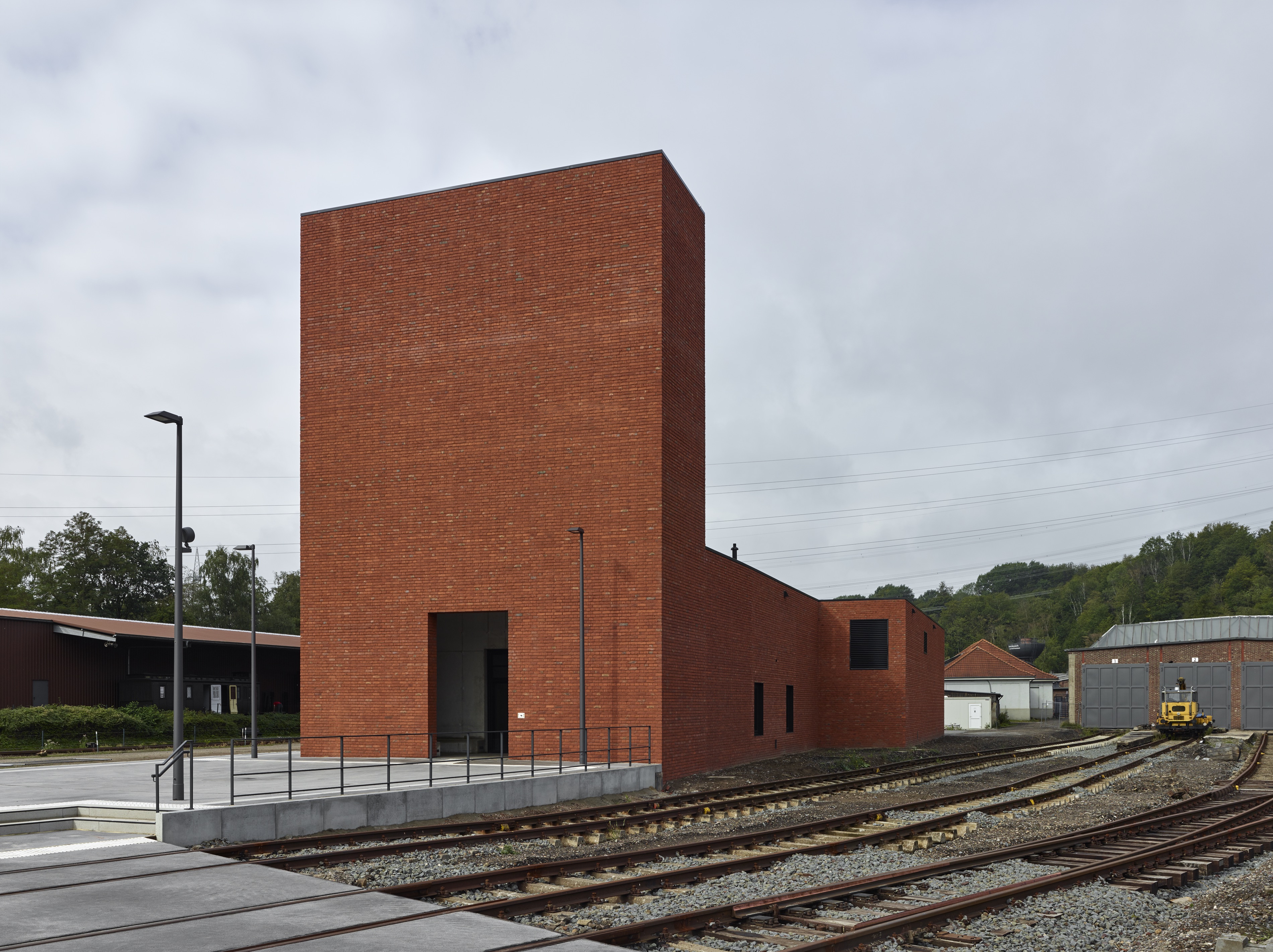
Max Dudler’s new visitor centre for the Eisenbahnmuseum Bochum displays the power of clarity of thought and expression in an environment defined by movement and noise.
Designed more as a gateway and a point of orientation than as an event in its own right, the building sits at the heart of the Bochum’s private railway museum, a First World War-era railway depot that boasts a semi-circular roundhouse, a working turntable and water tower and more than 120 historic steam locomotives.
Functioning as a terminus for visitors arriving by train, the building consists of a ticket office and information desk, a shop, cloakroom and meeting room and a main exhibition gallery. This contains a preview of the delights to come in the form of a 9.6 ton, 101-year-old locomotive that sits inside the gallery, improbably, like a steam-powered ship inside Dudler’s single storey, brick-built bottle.

The architect’s use of traditional, coal-fired Westphalian clinker bricks, once a common sight in the Ruhr valley, is a direct material reference to the building’s context as is the 16-metre-high oculus-topped tower that forms the building’s main entrance, which echoes the heritage infrastructure that surrounds it.
By acknowledging its architectural and historical context in this way, the building deploys material and contextual strategies that have already been explored by Dudler in his Sparrenburg Visitor Center in Bielefeld and in the award-winning complex of new and restored buildings he designed for the entrance of Heidelberg Castle.
The 70-year-old Swiss architect has insisted that being modern is no excuse for ignoring history and in this sense the Eisenbahnmuseum Bochum is the epitome of a Max Dudler building, despite its modest size. Sculpturally uncompromising and understated to the point of austerity, it is the product of a desire to achieve a sense harmony between the present and the past.


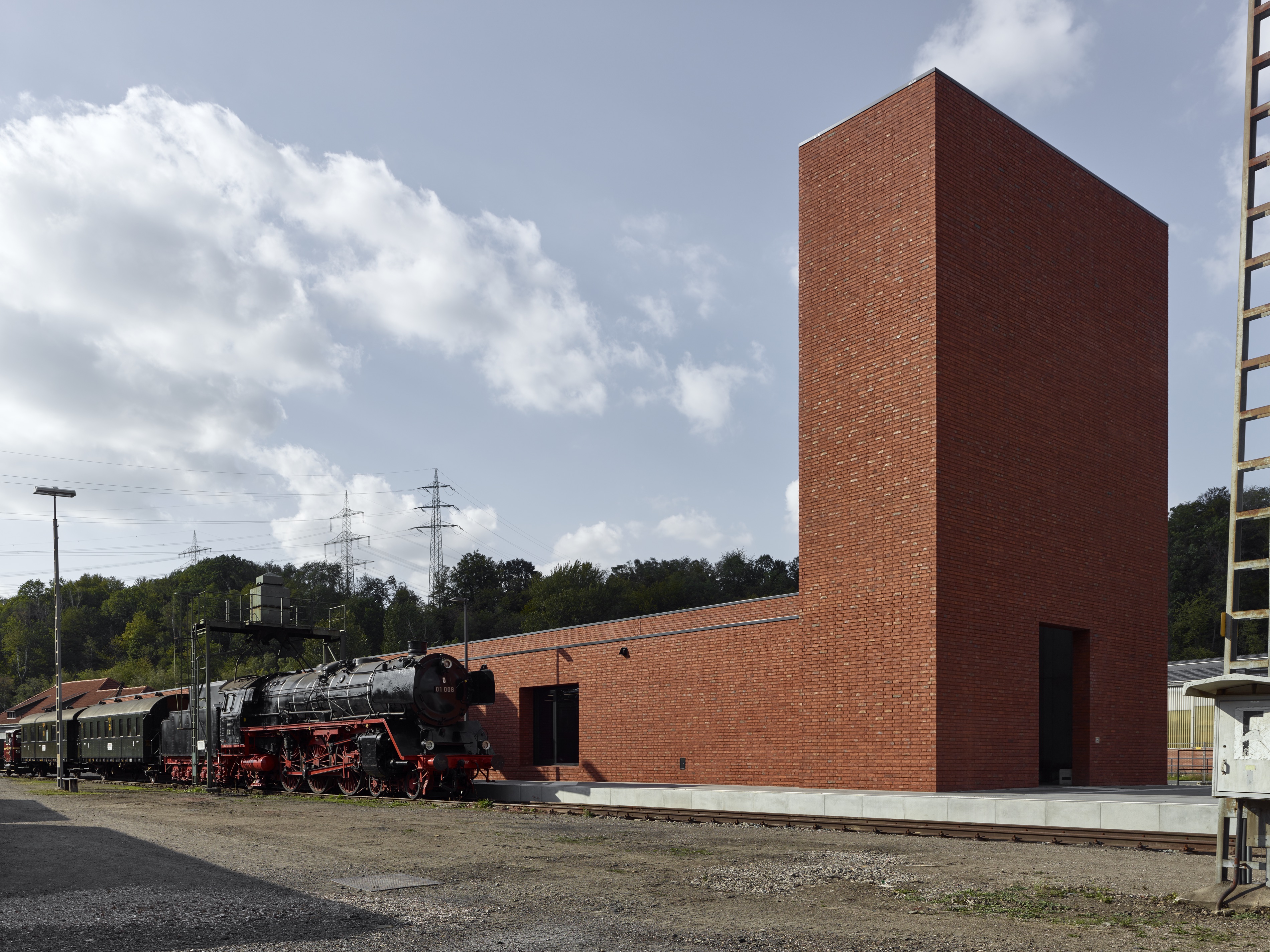




INFORMATION
maxdudler.de
Receive our daily digest of inspiration, escapism and design stories from around the world direct to your inbox.
-
 The Grand Egyptian Museum – a monumental tribute to one of humanity’s most captivating civilisations – is now complete
The Grand Egyptian Museum – a monumental tribute to one of humanity’s most captivating civilisations – is now completeDesigned by Heneghan Peng Architects, the museum stands as an architectural link between past and present on the timeless sands of Giza
-
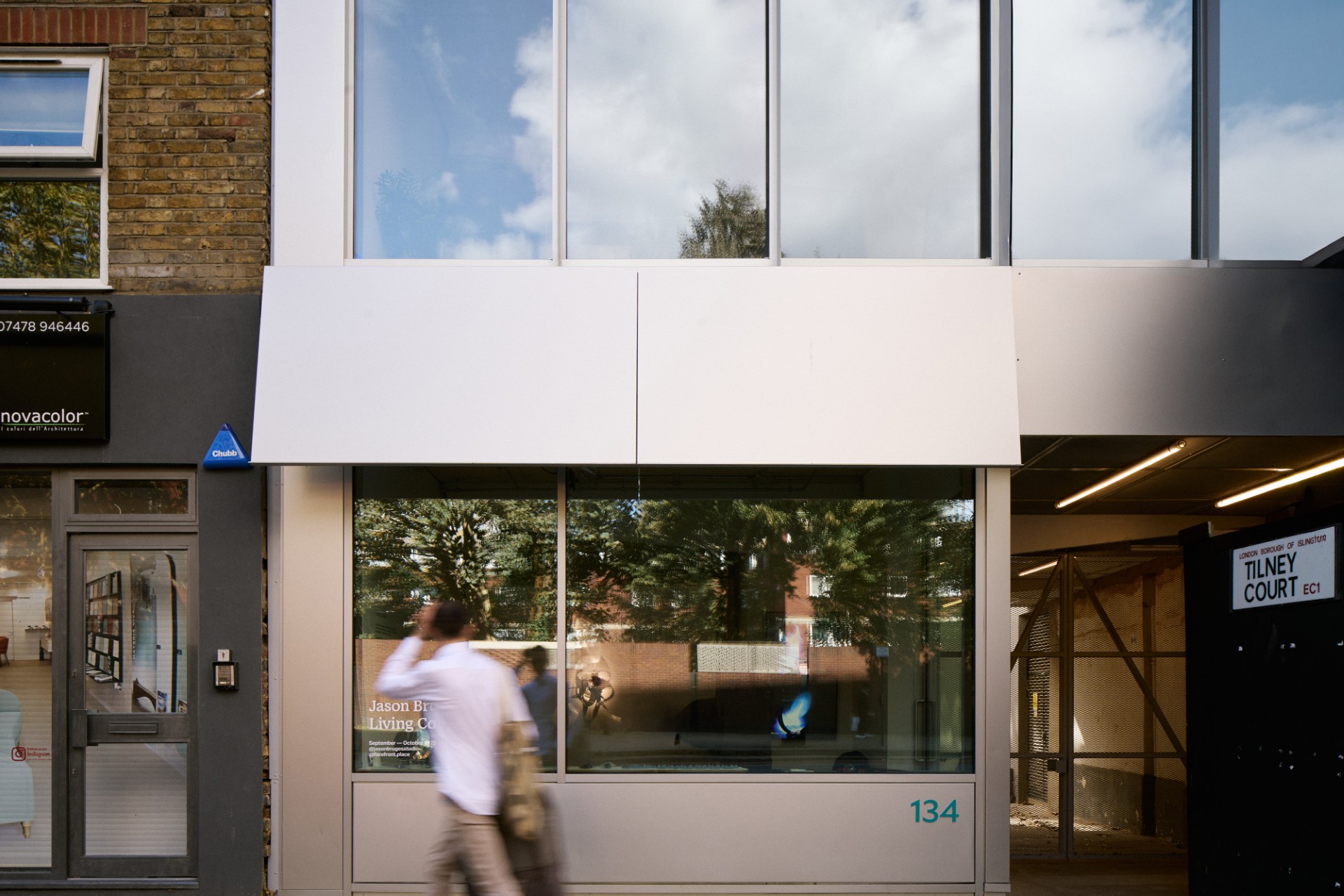 Meet Forefront, a cultural platform redefining the relationship between art and architecture
Meet Forefront, a cultural platform redefining the relationship between art and architectureForefront co-founder Dicle Guntas, managing director of developer HGG, tells us about the exciting new initiative and its debut exhibition, a show of lumino-kinetic sculptures in London
-
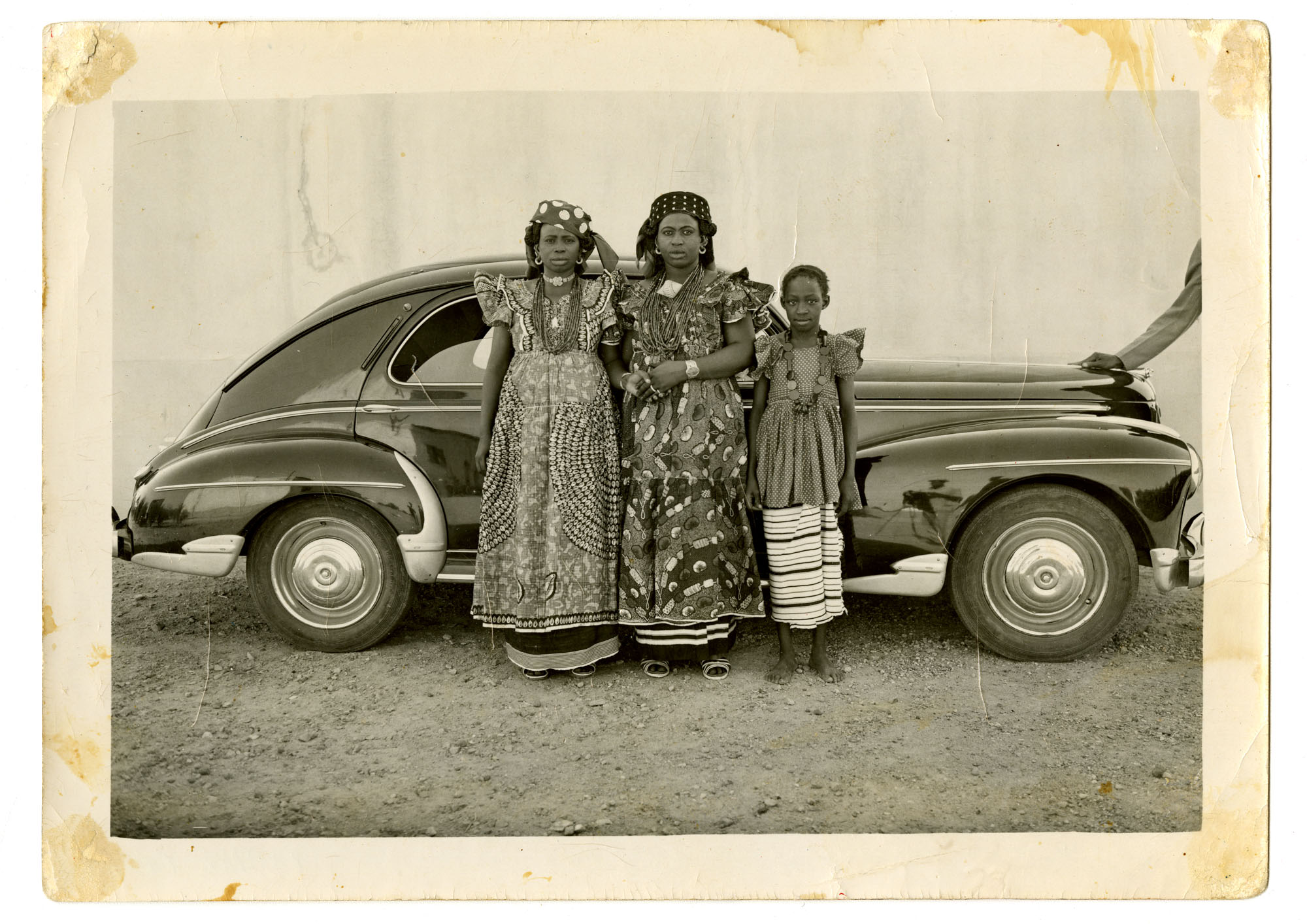 Inside the work of photographer Seydou Keïta, who captured portraits across West Africa
Inside the work of photographer Seydou Keïta, who captured portraits across West Africa‘Seydou Keïta: A Tactile Lens’, an exhibition at the Brooklyn Museum, New York, celebrates the 20th-century photographer
-
 The Grand Egyptian Museum – a monumental tribute to one of humanity’s most captivating civilisations – is now complete
The Grand Egyptian Museum – a monumental tribute to one of humanity’s most captivating civilisations – is now completeDesigned by Heneghan Peng Architects, the museum stands as an architectural link between past and present on the timeless sands of Giza
-
 Doshi Retreat at the Vitra Campus is both a ‘first’ and a ‘last’ for the great Balkrishna Doshi
Doshi Retreat at the Vitra Campus is both a ‘first’ and a ‘last’ for the great Balkrishna DoshiDoshi Retreat opens at the Vitra campus, honouring the Indian modernist’s enduring legacy and joining the Swiss design company’s existing, fascinating collection of pavilions, displays and gardens
-
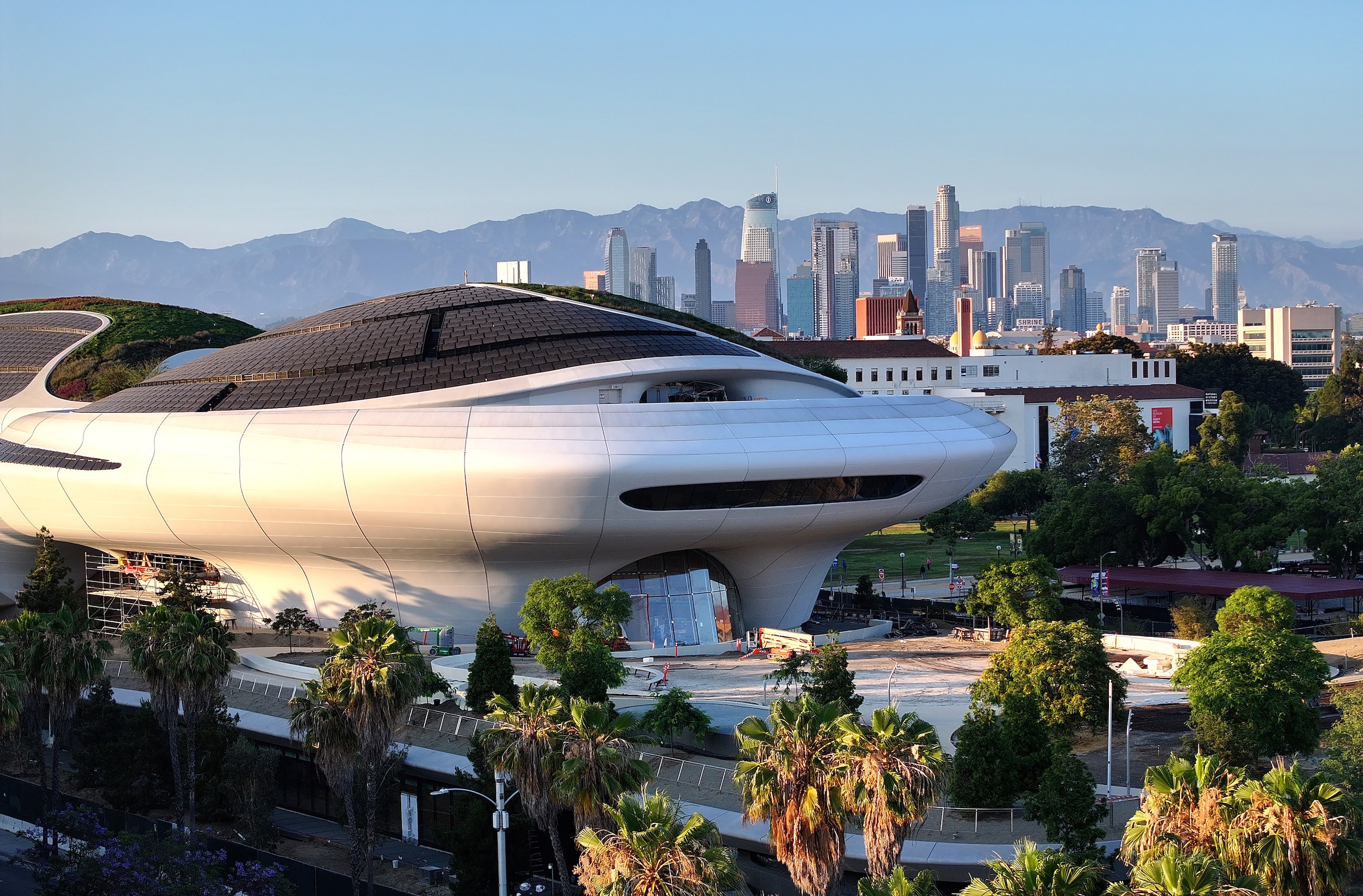 George Lucas’ otherworldly Los Angeles museum is almost finished. Here’s a sneak peek
George Lucas’ otherworldly Los Angeles museum is almost finished. Here’s a sneak peekArchitect Ma Yansong walks us through the design of the $1 billion Lucas Museum of Narrative Art, set to open early next year
-
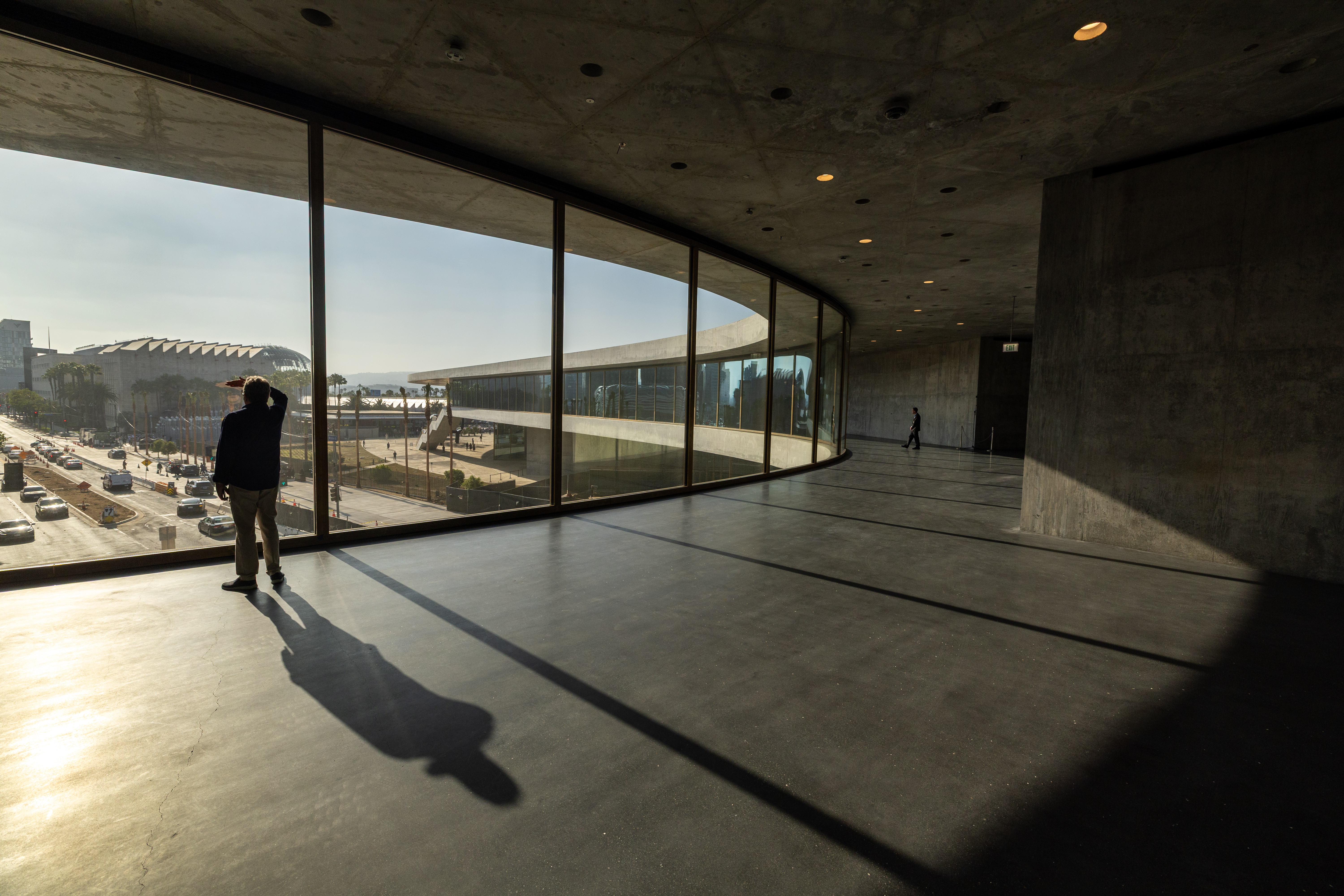 The great American museum boom
The great American museum boomNine of the world’s top ten most expensive, recently announced cultural projects are in the US. What is driving this investment, and is this statistic sustainable?
-
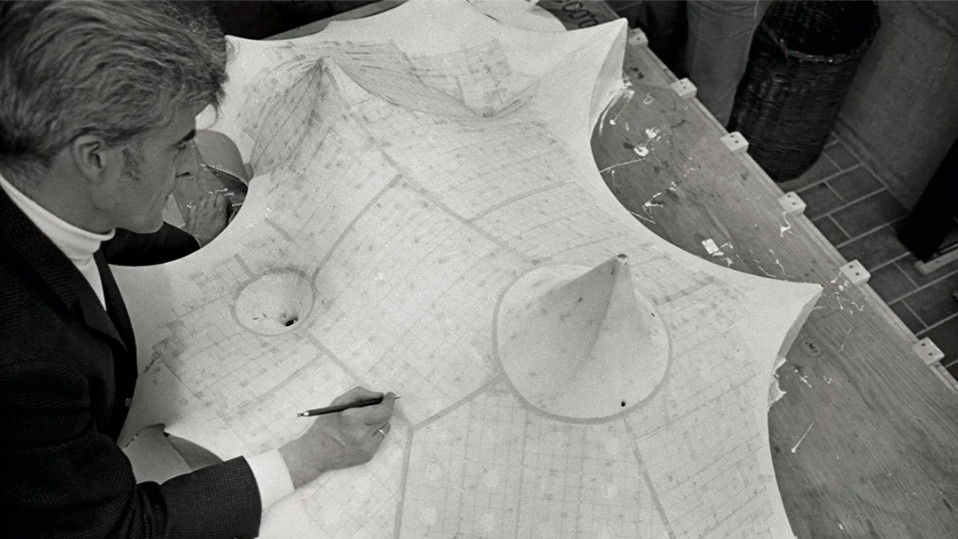 A new book delves into Frei Otto’s obsession with creating ultra-light architecture
A new book delves into Frei Otto’s obsession with creating ultra-light architecture‘Frei Otto: Building with Nature’ traces the life and work of the German architect and engineer, a pioneer of high-tech design and organic structures
-
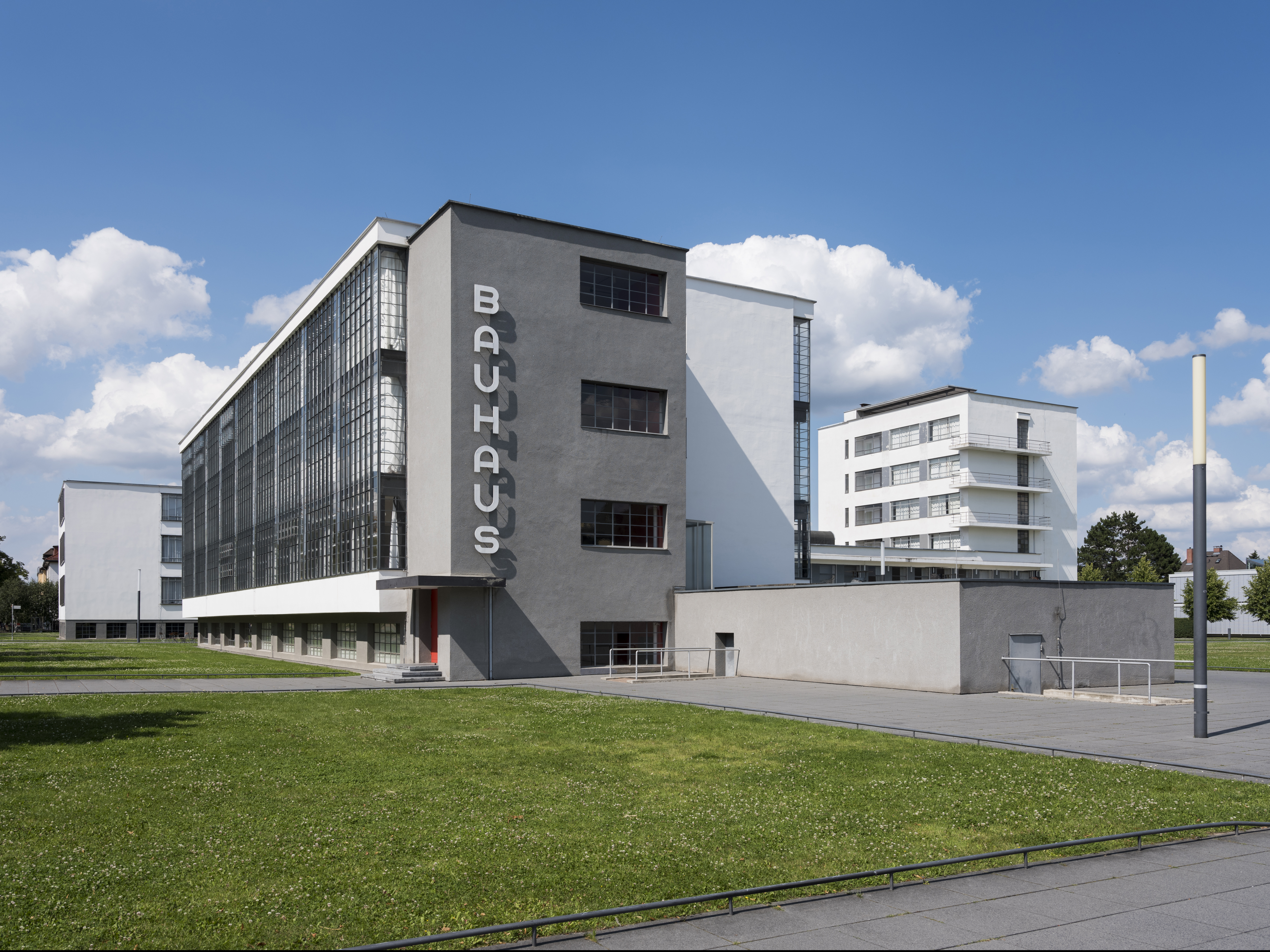 What is Bauhaus? The 20th-century movement that defined what modern should look like
What is Bauhaus? The 20th-century movement that defined what modern should look likeWe explore Bauhaus and the 20th century architecture movement's strands, influence and different design expressions; welcome to our ultimate guide in honour of the genre's 100th anniversary this year
-
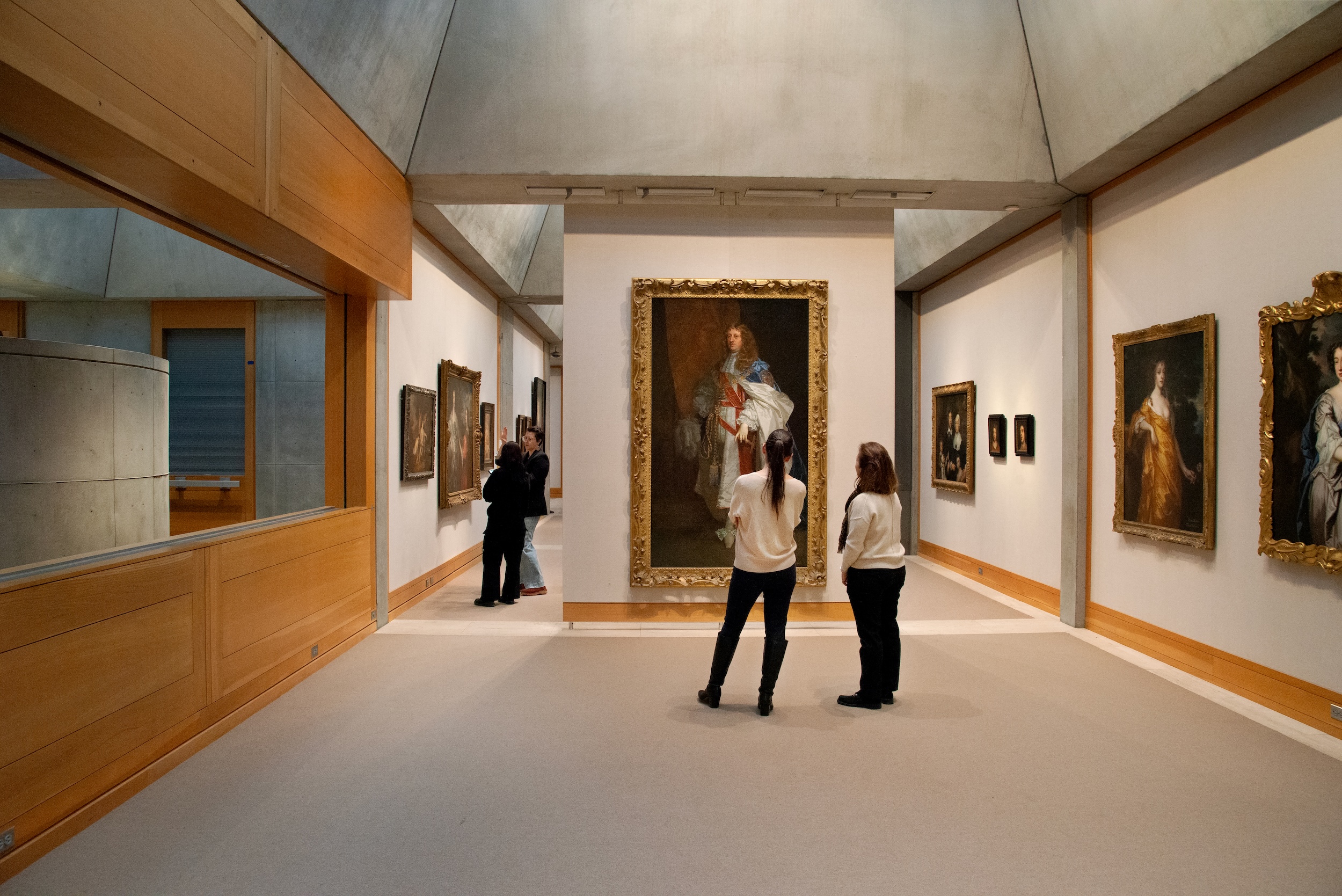 The Yale Center for British Art, Louis Kahn’s final project, glows anew after a two-year closure
The Yale Center for British Art, Louis Kahn’s final project, glows anew after a two-year closureAfter years of restoration, a modernist jewel and a treasure trove of British artwork can be seen in a whole new light
-
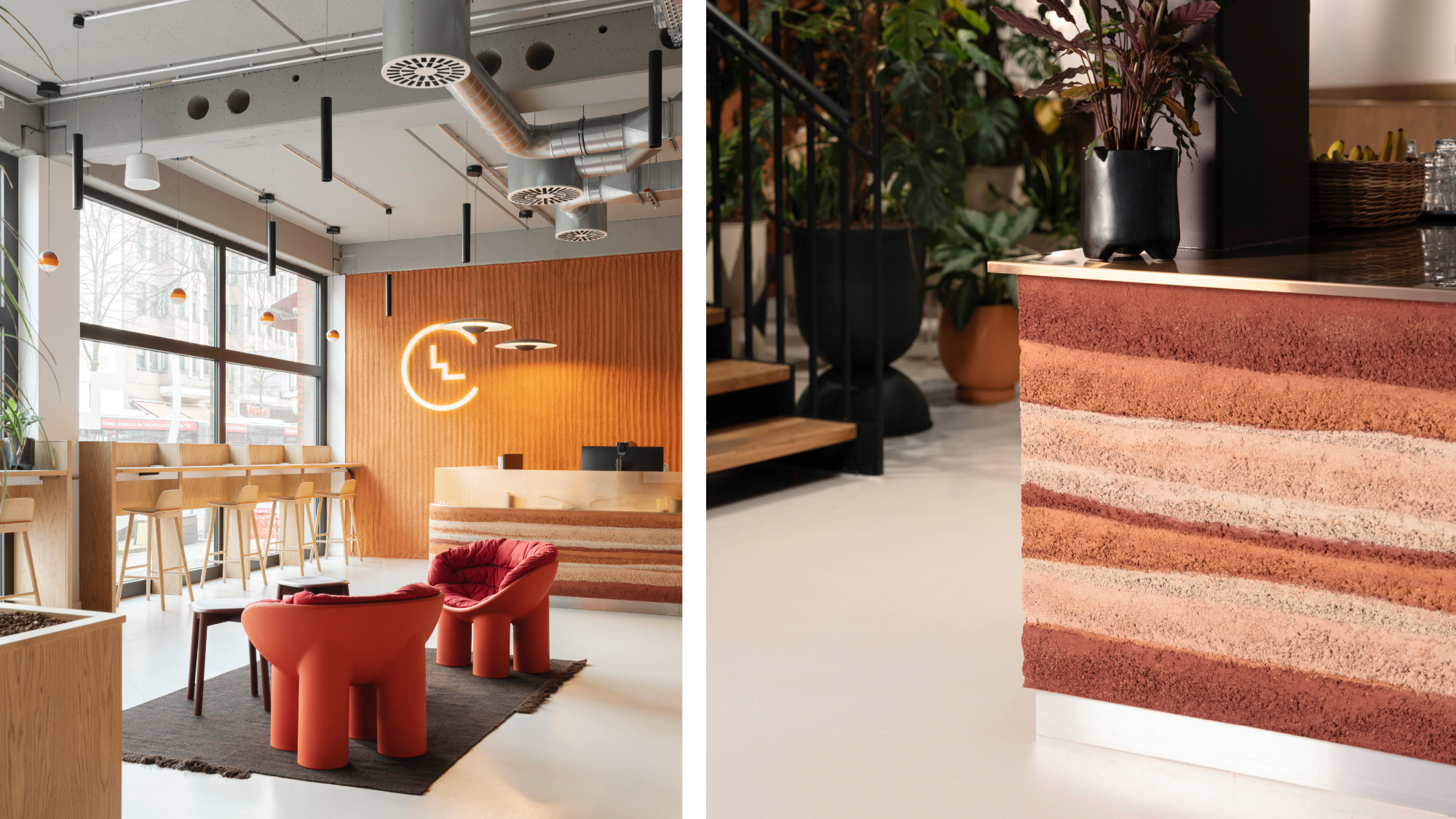 Step inside Clockwise Bremen, a new co-working space in Germany that ripples with geological nods
Step inside Clockwise Bremen, a new co-working space in Germany that ripples with geological nodsClockwise Bremen, a new co-working space by London studio SODA in north-west Germany, is inspired by the region’s sand dunes